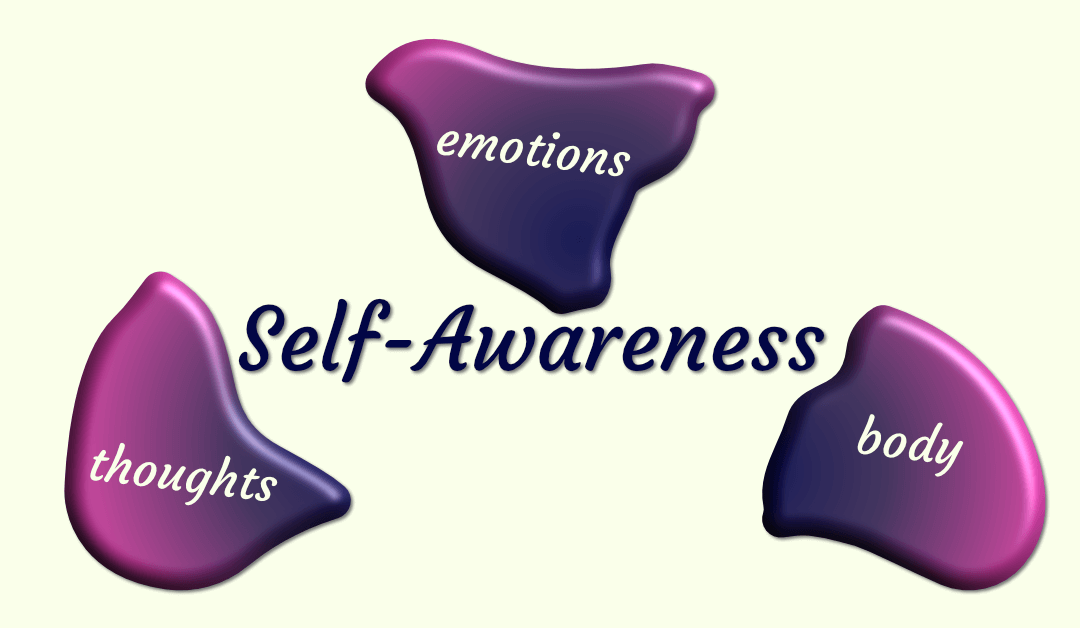When you are self-aware, you notice everything that happens in your body and your mind as it is happening. So self-awareness refers to the three areas that form you:
- your thoughts
- your body
- your emotions
You can approach self-awareness from each of these three angles. Meditated to become aware of your thoughts. Practice mindful movements, like Yoga, to connect with your body. Or practice labelling your feelings to tune in to your emotions.
The techniques out there are endless, even if their teachers do not use the term self-awareness. The result is the same: You begin to notice what is happening either in your mind or your body as it is happening. You cultivate self-awareness.
So where should you start and why? I’ll tell you in a couple of minutes. First, I want you to understand just how interconnected the three areas of you are.
A complex system
Your thoughts create your emotions and influence what happens in your body. For example, think of the last delicious meal you ate. Does your mouth water? What about the time you felt anxious? Do you suddenly feel anxious again just from thinking about it?
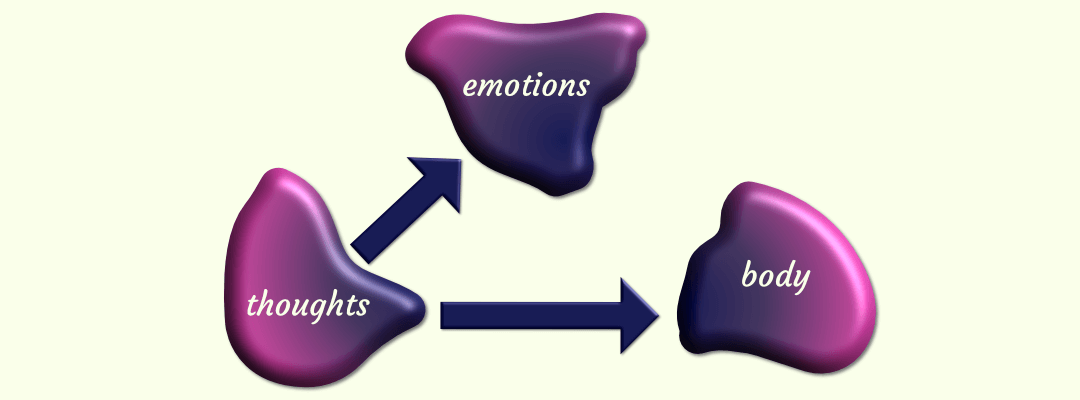
But the system that is you also works in other directions. Your body influences your thoughts and your emotions. When your body needs energy it sends a signal to your brain: “I am hungry. Gimme food.” You think of your next meal: Pizza. If you can go to a restaurant and have some pizza, you’ll feel excited. But if you can’t get that pizza, you might get annoyed or even angry because your body wants energy. A physical need triggered the thought of food, which in turn triggered an emotion.
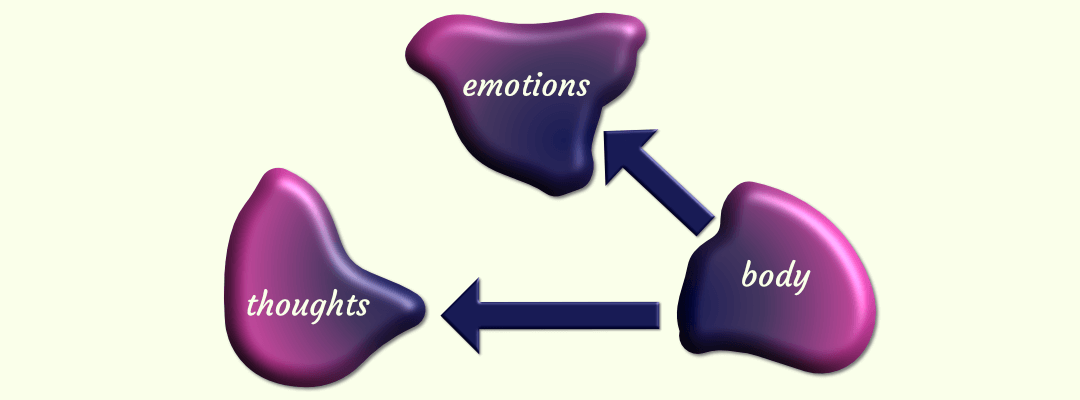
Your emotions also set off reactions in your body and your thoughts. When you feel sad, your shoulders slump and your movements slow down. Your thoughts suddenly go down the darkest alleys of your memories because memories have emotion tags.

Your thoughts, body and emotions are one interconnected complex system. There is no single starting point or one direction. Sometimes a chain reaction is triggered by an event in your body. Sometimes it all starts with a thought and at other times an emotion comes first. There is no one order.
So how come, some people tell you that thoughts always trigger your emotions and physical reactions? Or that you have to make physical changes if you want to become truly happy? What about people like me, who want you to learn emotional intelligence skills to improve your life? If there is no one starting point every single time, how come these people, me included, act as if there was one?
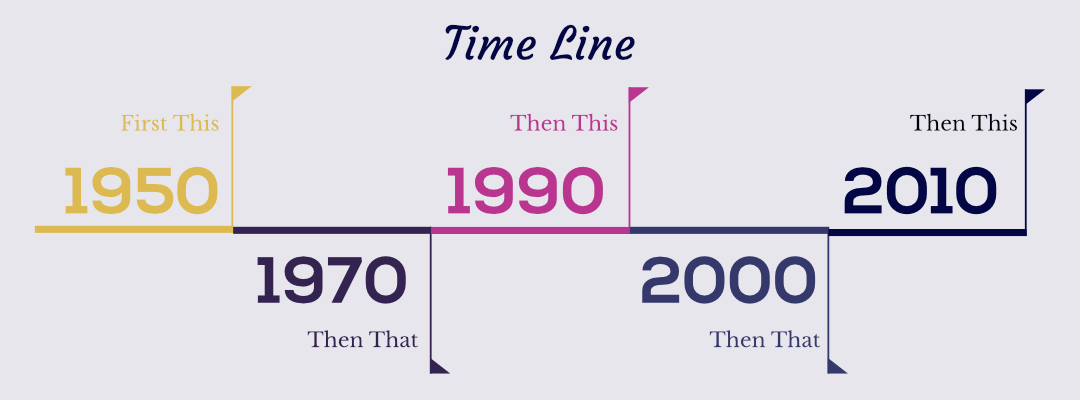
Time is linear (or so we think)
It’s because, especially in Western cultures, we perceive time as linear. What this means is that we think of everything happening in an order. First, this happens. Then that. Then this and that, until finally this. We even use the word timeline to express this idea.
Our view of time affects the way you approach every event. You want to put everything in an order. Seven tasks? What’s the most efficient order to do them in? Big goals? Great. Here’s the step-by-step plan on how to get there. First, you do this. Second, that.
Because linear thinking is our go-to framework, we also process information more easily if it is presented to us in a linear order. When a teacher gives you step-by-step instructions you are instantly convinced that the technique can work.
If, however, I told you that your thoughts, your body and your emotions are so interconnected that they are one big blob of a system, would you find that appealing? Or do doubts immediately rise up?
Yet, this is the truth. The system that is you is so interconnected that it does not matter where you start. Every bit influences the other bits. Every step towards self-awareness, no matter on which path, brings you closer to your goal.

Are you annoyed yet? Or relieved? No matter what your answer is, take a second to congratulate yourself on noticing your emotions right now!
If you feel frustrated, don’t worry. I will tell you where to start in just a minute.
Step-by-step
Why? Because a step-by-step technique with a clear starting point and an achievable goal is easier for you. That’s why all of us break our knowledge down into a linear system. It works! For you and for us.
Most of the time, that is. Ever followed a program that began with self-awareness of your thoughts? Maybe you tried meditation. Maybe you tried replacing your thoughts with mantras. And it worked. You changed your thoughts, and your new thoughts led to different emotions which resulted in different actions. Amazing!
Except it doesn’t work every single time. Why? Because on those occasions your body might trigger an action or you are simply overwhelmed by an emotion you didn’t realise still roamed inside of you.
This does not mean that there is anything wrong with the approach that starts with your thoughts. My personal favourite teachers in this area are Dana Wilde and Susie Moore. It works!
So does the body-first approach. If you suffer from anxiety, you might want to start with exercise or change your nutrition before you are calm enough to even face your thoughts.
And finally, here I am teaching you how to become aware of your emotions and how to feel your feelings, so you stop worrying and relax into your life.
Which approach is the best?
Every approach is equally valid. Every form of self-awareness gets you closer to a calmer, happier and more fulfilled life.
I’ve used techniques starting with all three areas. When I was too panic-stricken to think clearly, I lowered my anxiety levels through exercise first. I learned about emotions three years ago and then deepened my understanding last year, so I can share it with you now. I’ve been observing and changing my thoughts for years too.
Six months ago, I changed my nutrition and felt better still. Every day I improve my self-awareness in one or several areas. Every day, I improve my skills by practicing.
Why am I teaching you the emotions-first approach? Because I have experience and know how to teach it. Being aware of my emotions and feeling them allows me to use them as a guide towards the life of my dreams. Of course, I want to share that with your!
This does not mean that mine is the best approach of all times. In fact, “Which approach is the best?” is not a helpful question. Let me offer you a better one:

Where should you start?
The answer is in the question: Your starting point depends on you. Which area of you can you already connect with? Which type of practice is the easiest for you?
Do you already notice most of your thoughts? Is meditation one of your hobbies? Then start with changing your thoughts to get the results you want.
If your thoughts and feelings are all over the place though, you might want to begin by taking care of your body first. Do you exercise enough? Do you eat nutritious food and get enough rest?
And if just reading about techniques and practices in these two areas infuse you with rage, or despair, start with your emotions.
Over time, the practices you’ll find most useful will evolve because you change all the time. You will naturally shift into different areas of self-awareness.
With every new technique and practice you become better at feeling the way you really want to feel, thinking helpful thoughts and taking actions aligned with the life of your dreams.
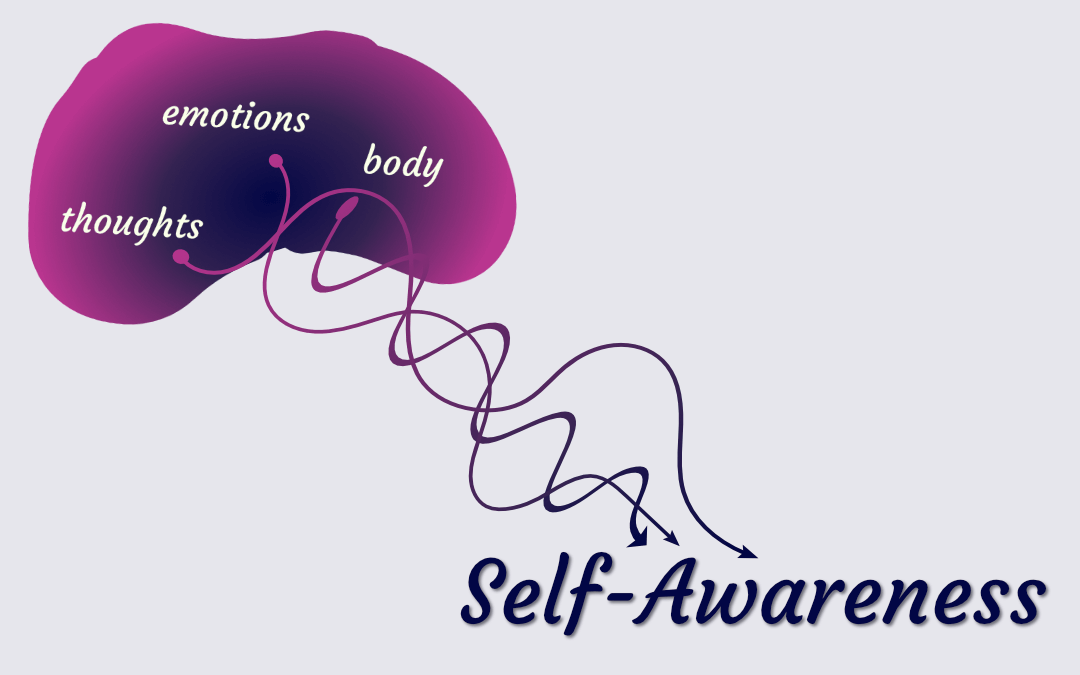
So don’t worry too much about where to start. Just start. If you have already started, don’t worry if you’ve picked the “right” path. You are the common denominator in every event of your life.
The more aware you become of any area of yourself, the better you know what matters to you and why. When you know yourself, leading the life of your dreams is easy.
Whenever you are ready to try the emotions first approach, you’ll find all you need here: “Self-Awareness – The Why, What and How”.
